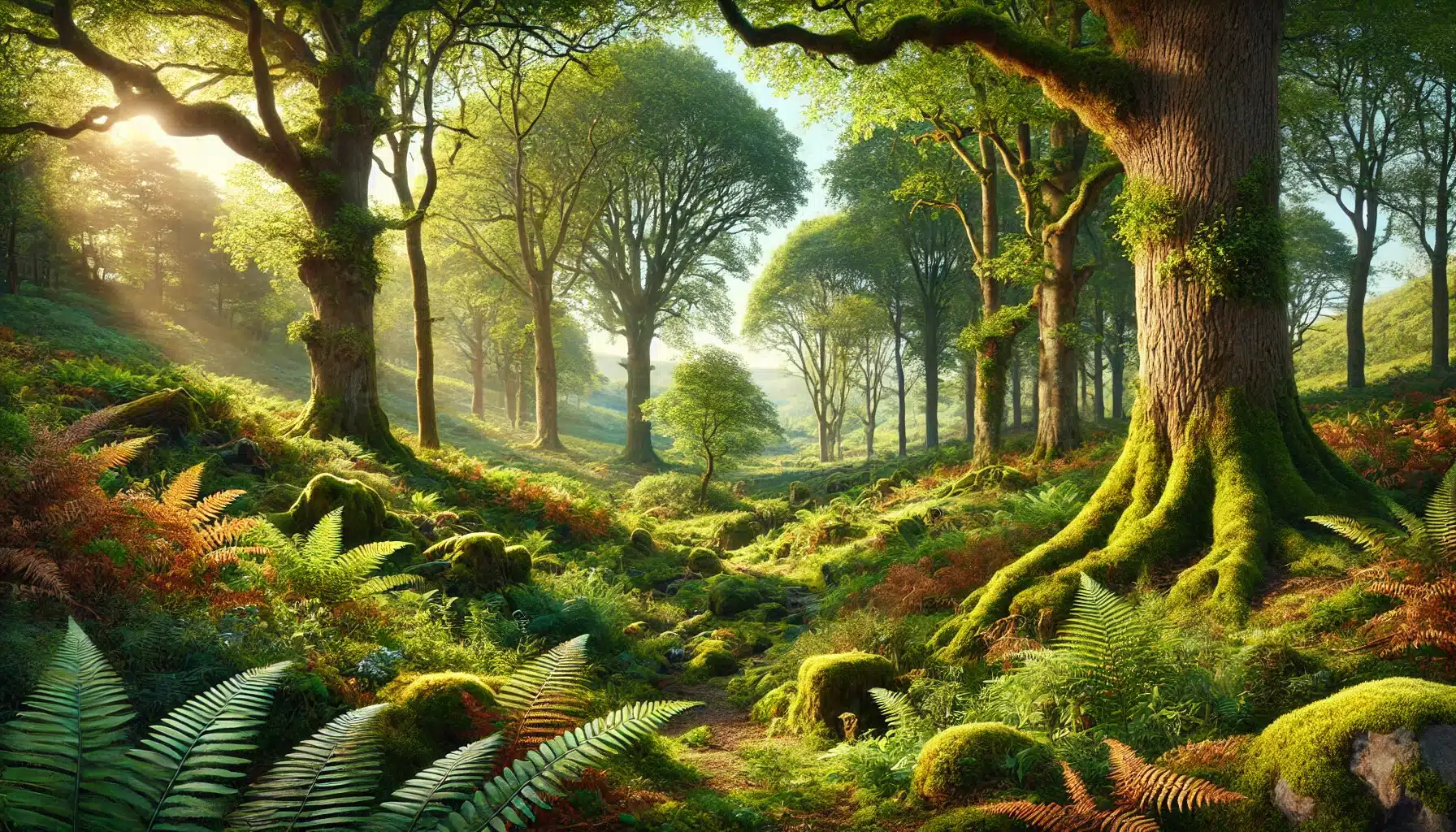Key differences
- Biodegradable: able to decompose naturally, without specifying how long it takes.
- Compostable: decomposes quickly and completely to produce compost, usable within a short or medium cycle.
- Eco-friendly: refers to what respects or improves natural balances, while reducing damage to ecosystems.
Biodegradable and compostable: a question of time
In industry, a biodegradable or compostable product generally refers to a rapid decomposition of materials, usually between six months and one year. This is what current standards and labels require.
In industry and consumption
A product described as ecological is designed to:
- Reduce its environmental impact throughout its life cycle (raw materials, manufacturing, transport, use, end of life),
- Promote the use of renewable resources,
- Avoid pollution or harmful substances,
- Encourage circularity (reuse, recycling, biodegradability, composting…).
At Tree Urn, how does it work?
We have chosen a unique balance between these criteria to meet three requirements:
- Preserve the ashes,
- Protect the roots and support the growth of the tree,
- Enrich the soil in which the urn is placed in a lasting way.
A 100% Eco-friendly design
- We use cork, a natural, renewable, and local material. More precisely, we use leftovers from the cork industry, which are therefore recycled.
- Our urns decompose within 6 to 8 years, turning into compost that enriches the soil.
- This production is part of a local economy in Spain, dedicated to meeting European needs.
All the boxes are ticked: natural, renewable, circular, and pollution-free.
Medium-term biodegradation: an advantage
This longer period compared to the norm is not a constraint but a real asset.
Preserve the ashes
The urn keeps the ashes for the necessary time until they become a useful resource to nourish the tree.
Balance the soil
Since ashes are naturally alkaline, releasing them too quickly could harm the soil and the tree.
The natural porosity of cork gently regulates this alkalinity.
Respect nature
Unlike other materials, cork releases no toxic residues.
It blends into the soil while providing natural protection and enrichment.
A unique and ecological solution
Thanks to this controlled biodegradability, Tree Urn:
- does not pollute the soil,
- does not harm plants,
- transforms ashes into a true asset for life,
- protects the ashes until their proper integration,
- supports the healthy and lasting growth of the tree,
- naturally enriches the soil thanks to cork,
- creates a virtuous cycle between memory and nature.
It is this timing – neither too short nor too long – that makes Tree Urn an ecological and sustainable innovation, respectful of both memory and nature.
And that’s not all: our urns also offer a unique quality, a warm and comforting tactile sensation when held, while being a natural place of remembrance.
👉 Read : What is a plant? Based on Mancuso Stefano’s work
👉 Read : Nature, at the heart of our concept
FAQ — Biodegradable, compostable, and eco-friendly: what Tree Urn really means
1) What is the difference between “biodegradable”, “compostable”, and “eco-friendly”?
Biodegradable means a material can break down naturally over time. Compostable means it breaks down quickly and completely to create usable compost in a short/medium cycle. Eco-friendly refers to design choices that minimise impact across the whole life cycle (materials, manufacturing, transport, use, end of life).
2) Why does Tree Urn decompose in 6–8 years instead of within months?
This medium-term window is intentional. It preserves the ashes long enough to protect roots, lets the soil absorb alkalinity gradually, and supports steady, healthy growth. It also ensures the urn contributes to soil enrichment as it turns to humus.
3) How does cork help the tree and the soil?
Cork is naturally porous, renewable, and non-toxic. Its porosity moderates the release of alkaline ashes, helping to balance pH around new roots while the urn slowly integrates into the soil.
4) Is cork really eco-friendly?
Yes. Cork is a natural, renewable resource. We reuse by-products from the cork industry and manufacture locally (Spain) for European needs, reducing transport and supporting a circular approach.
5) Does the urn leave any harmful residues?
No. The materials are biodegradable and designed to return to the earth without toxic residues. As the urn breaks down, it becomes part of the soil’s organic matter.
6) Why not make the urn decompose faster?
Because ashes are alkaline. A rapid release can stress young roots. The 6–8 year profile gives time for gradual buffering and healthier establishment of the tree.
7) Does Tree Urn enrich the soil?
Yes. As cork decomposes, it contributes organic matter. Combined with the moderated release of minerals from the ashes, this supports a more balanced growing environment.
8) Is Tree Urn recyclable?
No. It is designed to be returned to nature (biodegradable/composting in situ), not to re-enter a recycling stream.
9) Is “eco-friendly” here only about materials?
No. Eco-friendly covers the full life cycle: renewable inputs, local production, reduced transport, non-toxic use, and a natural end of life that benefits the soil.
10) In practice, what are the three core aims of Tree Urn’s design?
Preserve the ashes initially, protect roots and support the tree’s growth, and enrich the soil over time — creating a virtuous cycle between memory and nature.


0 Comments